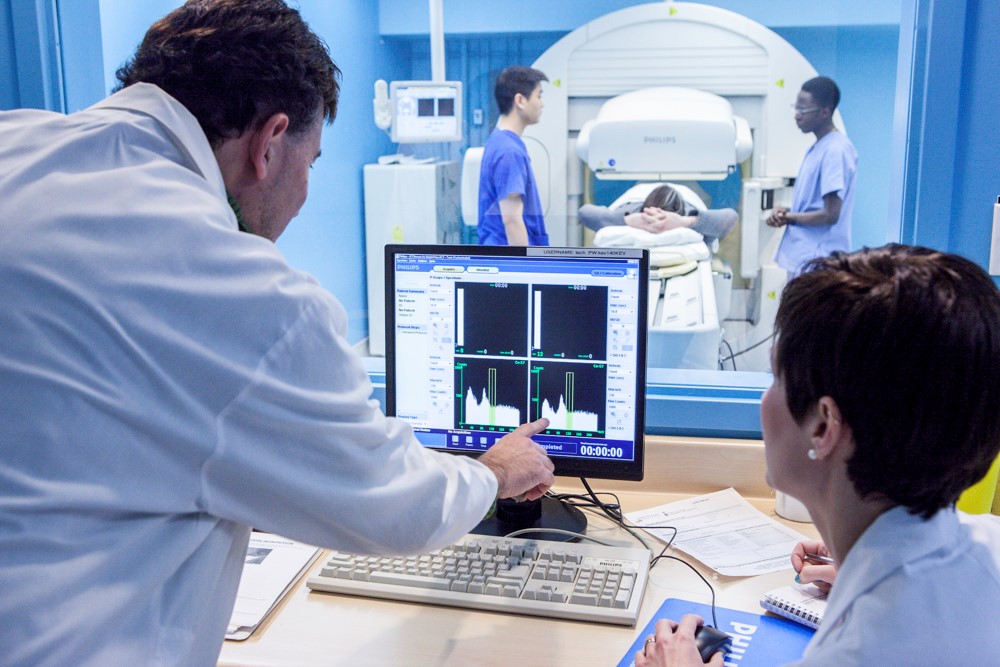Let’s create awareness for all the benefits that nuclear technology brings to mankind
When a report on the benefits of nuclear technology starts with “The public are often unaware of the extent to which aspects of their everyday life involve products and processes originated from the application of nuclear technology via the nuclear industry”, it tells me that the time has come to tell this story and increase public awareness.
I had the opportunity to attend the Nuclear Industry Summit in Washington last month and was privileged to participate in Working Group 3 which had the mandate to summarize the role of the nuclear industry globally. The NIS was a very successful event. It was a companion event to the Nuclear Security Summit held by President Obama and provided an opportunity for the nuclear industry to interact and present its views to global leaders on the key issues of nuclear security and how the industry addresses it.
With the 5th anniversary of Fukushima having just passed last month and the 30th anniversary of Chernobyl this month, we have a steady reminder of the issues that never seem to go away for the nuclear industry. It is our nature. In his very enjoyable talk to the Canadian Nuclear Industry Conference in February, Malcolm Grimston asks the key question of why is it that the safest source of large scale electricity generation we have ever come up with is considered so dangerous by enough people that in a number of countries there is an effort to stop using nuclear energy? I have commented on Malcolm’s presentations before and I really enjoy his perspective. We in the industry tend towards the problem being an irrational public – Malcolm insists the public are quite rational and that it is actually the industry that is providing much of the information that frames public views. An example is the constant talk by the industry about safety and how safety is the most important issue. While intended to provide comfort, it can achieve quite the opposite effect. If safety is even more important than generating electricity reliably and efficiently the answer is quite simple – shut down the plants and safety is assured. I won’t go into more detail but I do recommend you watch Malcom’s presentation when you have 25 minutes to spare.
Or as was so eloquently put by the CEO of Ontario Power Generation at the CNA conference when talking about the nuclear industry, “we make sure to find the black cloud around every silver lining left to our own devices.” Yes, we in the industry often succumb to the narrative and as Malcom suggests, probably even feed the beast. (Aside: I also urge you to watch Jeff Lyash’s presentation when you have 20 minutes to spare. It is an excellent view of the industry going forward.)
So rather than talk about safety and nuclear waste as we tend to do over and over again; in this post I want to help increase awareness of the many benefits that nuclear technology brings to us all across a range of industries. The paper submitted by Working Group 3 led by Dr. John Barrett, President of the CNA is a must read. It is one of those papers that once read makes you wonder; why hasn’t this paper been written this way before? So please read the paper – it is about 20 pages and well worth it.
But for those who may not get there quickly enough here is a summary of the benefits that nuclear technology brings to society each and every day. As stated in the paper, “Nuclear technology is vital for more than just providing reliable, low-carbon energy. It also has life-saving medical application; improves manufacturing, mining, transport and agriculture; and help us discover more about the planet we live on and how we can sustainably live with it.”
So for example, did you know that
- nuclear technology saves lives through use of radioisotopes for screening, diagnosis and therapy of various medical conditions? According to the WNA, over 10,000 hospitals worldwide use radioisotopes. Radioisotopes are used in therapy to control and damage cancerous growths. Iodine-131 is used to treat thyroid cancer; Phosophorus-32 to treat leukemia. Nuclear techniques are used for neonatal screening for sickle cell disease, hypothyroidism and cystic fibrosis, as well as childhood cancers.
- radiation is used to preserve seeds and food products and breed disease-resistant plants. In plant breeding, some 1800 new crop varieties have been developed through mutation induced by ionising radiation.
- irradiation technology is increasingly being used to preserve food – spices, grains, fruit, vegetables and meat. It avoids the use of potentially harmful chemical fumigants and insecticides
- use of the IAEA’s Sterile Insect Technique irradiates the eggs of these insects to sterilise them before hatching. The IAEA estimates that, by suppressing insect pest populations with SIT, pesticide use worldwide has been reduced by 600,000 litres annually.
- in industrial radiography, nuclear substances are used for the non-destructive examination and testing of new materials. Radiation from the substances passes through the material and allows defects in welds or constituency to be recorded on film or a digital imager.
This list does not do justice to the report itself which I strongly suggest you read. It’s time to stop being on the defensive and make sure that we no longer have to write reports that start with “The public are often unaware of the extent to which aspects of their everyday life involve products and processes originated from the application of nuclear technology via the nuclear industry.” It is time to celebrate our successes and not just talk about where we need to improve. We are proud to be part of the nuclear industry and we are confident that we are making a difference that helps to make the world a better place.
